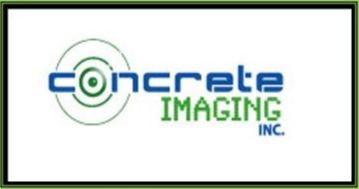Concrete Imaging, Inc.
Serving the DC-Baltimore Metro Area Since 2002
About Us

Our highly-trained operators have mastered a variety of techniques and equipment and are skilled at providing quick, efficient, and accurate inspections in projects of any size. We offer a range of options that save you time, reduce your financial exposure, and decrease your safety risks, including:
- Concrete radiography (x-ray imaging);
- Concrete scanning (GPR - Ground Penetrating Radar);
- Utility locating (passive, induction, and direct line trace);
- CCTV pipeline inspections;
- Concrete cutting and core drilling; and
- Concrete repairs.
Our Services
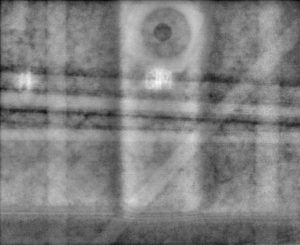
Digital Radiography (X-Ray)
Concrete x-ray is the non-destructive application of hard x-rays or gamma rays to image the interior of a concrete target to identify and locate rebar, conduit, post tension cables, and other embedded objects.
Learn More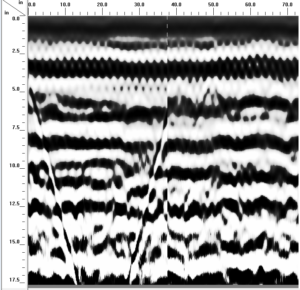
High Definition Ground Penetrating Radar (GPR)
High Definition GPR uses an electromagnetic energy pulse to locate embedded items and anomalies in concrete slabs and surfaces. This technology is considered non-invasive and is safe to use in occupied buildings, such as hospitals and hotels.
Learn More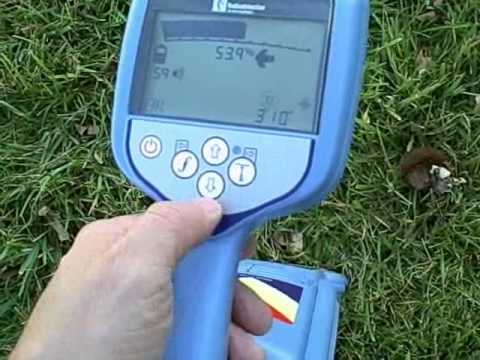
Utility Locating
Our underground utility location services help you to complete your project as safely and efficiently as possible. Using the latest technology, we locate and map any and all public or private underground utilities and structures to develop detailed reports for you.
Learn More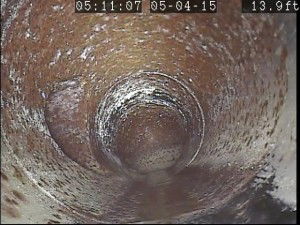
High Definition CCTV Pipeline Inspection
CCTV inspection allows operators to monitor pipes and pinpoint problems such as breaks, obstructions, and cracks without costly shutdown or dewatering. It provides real-time imaging for inspection of pipes made of various materials, including metal, concrete, plastic, and fiberglass.
Learn More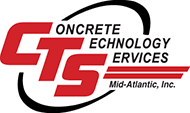
Concrete Cutting and Core Drilling
We don't just prepare your space; we are a full-service company offering services to complete your concrete-cutting or concrete-coring projects from start to finish.
Learn More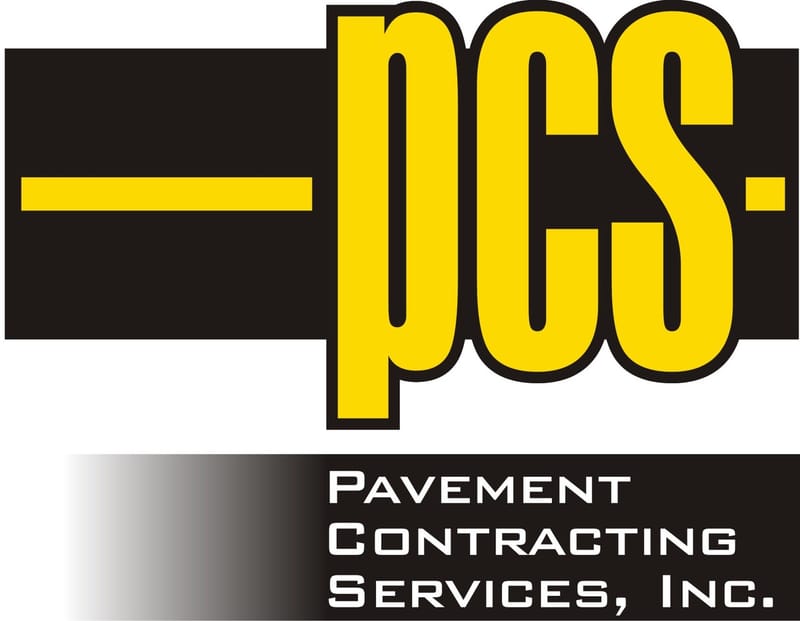
Repairs and Joint & Crack Sealing
Concrete pavement repairs can range from partial depth spall repairs to slab replacement. Repair and sealing capabilities can be used for many structures, including highways, airport, parking lots, and bridges.
Learn MoreF.A.Q.
CAN YOU PERFORM AN X-RAY IF OUR BUILDING IS OCCUPIED?
We recommend that we first complete a site safety analysis and meeting with management to coordinate a service time that offers minimal impact to your operations. To get started, you should:
- Notify your office/building manager about the service;
- Coordinate a time when all tenants and service personnel are off site (any floors the penetrations are going through or coming out); and
- Notify us of how thick the concrete surface is.
Once we are on site, we will review the work area, post signage and tape off access points, and then set up our equipment. During this time, we will need access to all offices and suites on the relevant floors to personally ensure those areas have been vacated.
CAN YOU SCAN CONCRETE THAT IS THICKER THAN 10"?
WHAT IS DIGITAL CCD TECHNOLOGY?
DOES CONCRETE IMAGING POSE ANY HEALTH RISKS?
Concrete Imaging has invested into digital CCD technology, which offers a significantly reduced radiation signature and emissions over the traditional method; however, x-rays have potential to be harmful and therefore, we take precautions, such as clearing the location, to ensure a safe and successful imaging service. When x-raying is to be performed in an occupied building, we recommend performing a site safety analysis then meeting with management to coordinate our work to minimize disruptions.
GPR
In comparison, the typical power output of a GPR antenna is less than that of a cell phone, so this method presents no health concerns. GPR is a quiet, safe process, so we can accomplish it without interference to your ongoing operations around us.
WHAT IS THE DIFFERENCE BETWEEN X-RAY AND GPR?
| GPR | X-Ray | |
| Source | Electromagnetic | Radioactive |
| Radiation Exposure | Very Minimal | Yes |
| Required Access to Scan | One Side | Both Sides |
| Scan Time | ||
| Electromagnetic Interference | No | Yes |
| During Business Operations | Yes | No – Area Must Be Cleared of People |
| Standard Scan Size | 24” x 24” | |
| Real-Time Inspection | Yes | Yes |
CAN YOU SCAN VERTICAL SURFACES AND CEILINGS?
HOW LONG DOES IT TAKE TO SCAN AN AREA USING GPR?
CAN GPR TELL ME THE SIZE OF A VOID CAVITY BELOW THE GROUND?
WHAT IF THERE IS FLOORING OVER THE CONCRETE?
CAN GPR IDENTIFY THE DIFFERENCE BETWEEN REBAR, POST TENSION CABLES, ELECTRICAL CONDUITS, AND OTHER EMBEDDED MATERIALS?
Our technicians will not confirm the identity of the item noted, only note it and make you aware where we believe the target is, the direction and depth as per the display rendered from the survey equipment. We magnify these items when we draw out the rendering on the slab to give you a safety boundary; however, we highly recommend an x-ray be performed, if possible, to confirm whether or not you will have a safe path to penetrate.
Our project managers will leave you feeling confident in the survey findings and in your ability to drill or cut without issue.
ARE THERE ANY LIMITATIONS TO GPR TECHNOLOGY?
- Radar waves cannot penetrate metal; therefore, if steel storage tanks are present on the site, GPR will not be able to see inside them, nor assess their condition. Further, objects behind steel may be obscured and not observable.
- Radar performance is driven by the characteristics of the sensor, the targets, and the competing background clutter. An object may be observable at a shallow depth, but the same object may be invisible at a greater depth. High-conductivity materials, such as clay soils and soils that are salt contaminated, reduce the depth of GPR ground penetration.
- Signal scattering in heterogeneous conditions (e.g. rocky soils) limit performance
- Interpretation of GPR radargrams (the radar image of mineral deposits or a geophysical surface) is not intuitive. Considerable expertise is necessary to effectively design, conduct, and interpret GPR data.
- the composition of the concrete structure being penetrated, such as the moisture content and density;
- the depth of the target;
- the different velocities of radar signals travelling through different types of materials;
- areas with strong electromagnetic signals; and
- areas containing a complex assortment of objects.
CAN YOU DETERMINE THE TYPE OF UTILITY LOCATED?
HOW LARGE OF AN AREA CAN BE SCANNED FOR UTILITY LOCATIONS IN ONE DAY?
CAN YOU FIND PVC AND OTHER NON-METALLIC UTILITIES?
WHAT DELIVERABLES WILL BE PROVIDED AS PART OF THE SERVICE?
- marking findings (object locations) directly on the structure using chalk, crayon, or tape;
- verbal communication of the findings while onsite; and
- a report that documents each location. The report will show the scan location in relation to the overall structure, a photograph of the markings on the structure, marked-up photographs detailing the embedded objects, an electronic illustration of the GPR data/x-ray collected, and a brief discussion of the purpose of the scan and the objects identified.
Typical deliverables for utility locating include:
- marking findings on the surface using paint or flags; and
- verbal communication of the findings while onsite.
- photographs and video recording of findings;
- verbal communication of the findings while onsite; and
- a report that documents findings, including trouble spots.
WILL YOU WORK AT NIGHT OR ON THE WEEKEND?
HOW MUCH WILL IT COST?
- Project location;
- Concrete imaging objective;
- Type of concrete structure we are scanning – hollow core, post tension, slab-on-grade, etc.;
- Amount/quantity of wire mesh, rebar, and/or post-tension reinforcement suspected to be found in the scan area(s);
- Number of locations that need to be scanned and the distance between them; and
- Whether a lift or scaffolding is readily available (if scanning involves a concrete wall or ceiling).
Testimonials
The Team
Terrance Gilliam
President
Terry has worked in the construction industry for over 30 years. He serves as the President of Concrete Imaging, Inc. and Concrete Technology Services Mid-Atlantic, Inc. and is a Principal for Pavement Contracting Services.
Mel Fravel
Director of Operations/Radiation Safety Officer
Concrete Imaging, Inc., was placed under the direction of Mel Fravel in 2006. Mel has nearly 30 years' experience with imaging concrete structures in the DC/Baltimore region.
WHAT'S IN YOUR CONCRETE?
Don't take a chance.
We'll help you protect your people, projects, and profits. Contact us for a free consultation regarding our sub-surface scanning solutions.
Contact Us
- 10005 Good Luck Road, Glenn Dale, MD 20769
- Remittance Address: P.O. Box 495, Harpers Ferry, WV 25425
